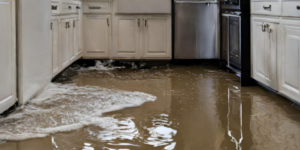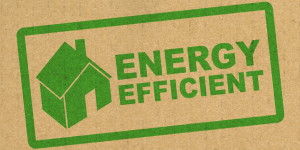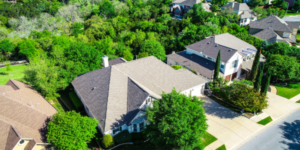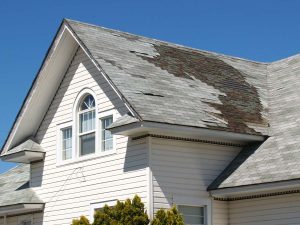As a homeowner, it is crucial to understand the importance of having homeowners insurance coverage for water damage. Water damage can occur unexpectedly, whether from a burst pipe, a leaking roof, or a natural disaster like a flood. Without proper insurance coverage, you the homeowner, could be left to bear the financial burden of repairing and restoring your home. Homeowners insurance provides peace of mind and protection against the unexpected costs associated with water damage.
Water damage can have devastating consequences on your home and belongings. It can lead to structural damage, mold growth, and the loss of personal property. Repairing these damages can be costly; without insurance coverage, it may be difficult to afford the necessary repairs. Homeowners insurance coverage for water damage ensures that you are financially protected and can restore your home to its pre-damaged condition.
Understanding water damage and its causes
Before delving into the types of homeowners insurance policies that cover water damage, it is essential to understand the different forms of water damage and their causes. Water damage can occur for various reasons, including natural disasters, faulty plumbing systems, and appliance malfunctions. Flooding caused by heavy rain or a burst water pipe can damage your home’s structure, walls, floors, and personal belongings. Understanding the causes of water damage can help you assess the risks and determine the appropriate coverage for your home.
Types of homeowners insurance policies that cover water damage

When it comes to homeowners insurance policies, not all coverages are the same. Some policies may exclude or limit coverage for water damage, while others provide comprehensive protection. Reviewing your policy and understanding the extent of coverage it offers for water damage is crucial. Generally, two types of homeowners insurance policies cover water damage: named perils policies and all-risk policies.
Named perils policies cover specific perils that are explicitly listed in the policy, such as fire, lightning, and explosion. These policies will only cover water damage if a named peril causes it. On the other hand, all-risk policies cover all perils except for those specifically excluded. This type of policy provides broader coverage for water damage, including damage caused by accidental water discharge, plumbing issues, and natural disasters like floods.
Key elements of homeowners insurance coverage for water damage
When reviewing your homeowner’s insurance coverage for water damage coverage, there are key elements that you should pay attention to. These elements determine the extent of coverage and the reimbursement you may receive in the event of water damage. The first element is dwelling coverage, which covers the cost of repairing or rebuilding the structure of your home. This coverage ensures that you can restore your home to its original condition.
Another crucial element is personal property coverage, which protects your belongings from water damage. This coverage includes furniture, appliances, electronics, and other personal items. It is important to assess the value of your personal property and ensure that you have adequate coverage to replace or repair damaged items.
Liability coverage is also essential for homeowners insurance coverage for water damage. It protects you from legal and financial responsibility if someone is injured on your property due to water damage. Liability coverage can help cover medical expenses, legal fees, and damages awarded in a lawsuit.
Determining the coverage limits for water damage
When choosing homeowners insurance coverage for water damage, it is vital to determine the appropriate coverage limits. The coverage limits represent the maximum amount your insurance company will pay for a covered loss. To determine the appropriate coverage limits, you should consider the value of your home, the cost of rebuilding or repairing, and the value of your personal belongings.
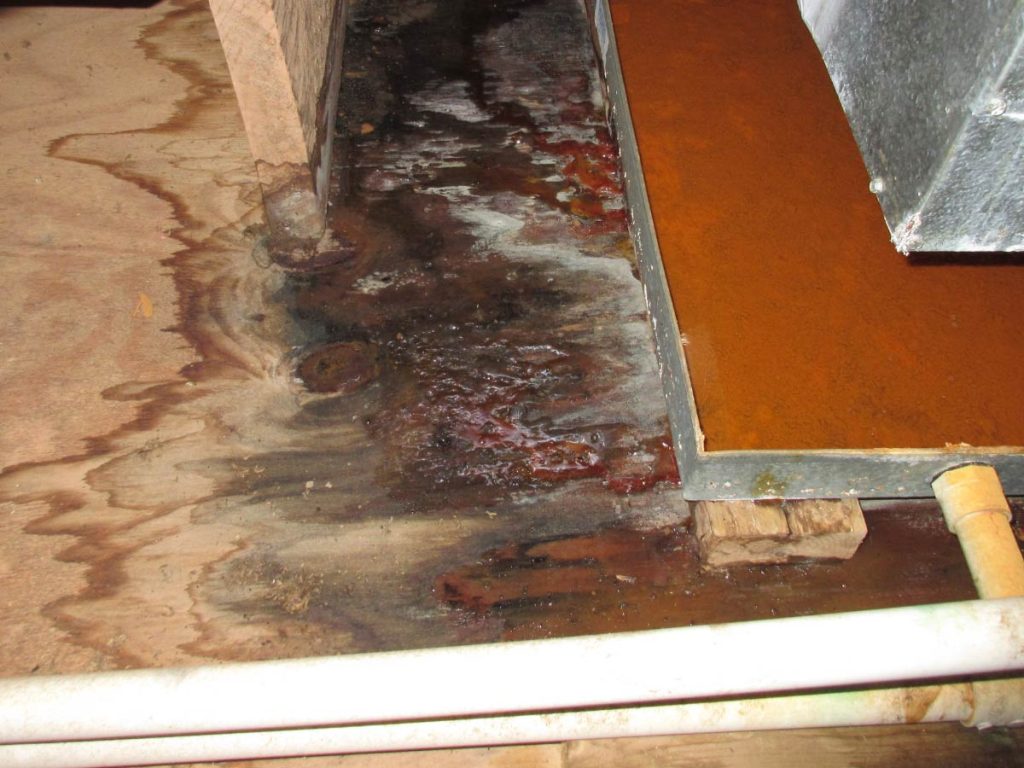
Conducting a thorough inventory of your home and belongings is recommended to assess their value accurately. This inventory will help you determine the appropriate coverage limits and ensure that you are adequately protected in the event of water damage. Additionally, you should review and update your coverage limits regularly, especially if you make significant renovations or acquire valuable possessions.
Common exclusions in homeowners insurance coverage for water damage
While homeowners insurance policies provide coverage for water damage, there are common exclusions that you should be aware of. These exclusions may vary depending on the insurance company and the specific policy. Some common exclusions include water damage caused by floods, sewer backups, and gradual damage.
Flood damage is typically excluded from standard homeowners insurance policies. If you live in an area prone to flood risks, you may need to purchase separate flood insurance to protect your home and belongings. Sewer backups are also commonly excluded, and you may need to add an endorsement or separate coverage to your policy to be protected.
Gradual damage, such as water seepage or leaks that occur over time, may not be covered by homeowners insurance. It is important to address any water-related issues promptly to prevent extensive damage and potential denial of a claim. Understanding these standard exclusions can help you make informed decisions when choosing homeowners insurance coverage for water damage.
Steps to take when filing a water damage claim
In the unfortunate event of water damage to your home, taking immediate action and filing a claim with your homeowner’s insurance company is crucial. Filing a water damage claim involves several essential steps to ensure a smooth and efficient process.

The first step is to document the damage by taking photographs or videos of the affected areas. This documentation will serve as evidence when filing the claim and help expedite the processing time. Next, you should contact your insurance company and report the water damage. Provide them with all the necessary information, including the cause of the damage, the extent of the damage, and any temporary repairs you have made.
It is advisable to mitigate further damage by taking necessary actions, such as removing excess water, drying affected areas, and protecting undamaged property. Keep all receipts and records of the mitigation and restoration process expenses, as your insurance company may reimburse these.
Finally, work closely with your insurance adjuster throughout the claims process. They will assess the damage, review your policy coverage, and determine the amount of reimbursement you are entitled to. Cooperating and providing any additional information or documentation requested by the adjuster to expedite the settlement process is essential.
Finding the right homeowner’s insurance provider for water damage coverage
Finding the right provider for homeowners insurance coverage for water damage coverage requires careful consideration and research. Not all insurance companies offer the same level of coverage or customer service. When selecting an insurance provider, there are several factors to consider.
Firstly, evaluate the insurance company’s financial stability and reputation. You want to ensure they have the financial resources to pay claims promptly and efficiently. Check their ratings and reviews from independent rating agencies and customer satisfaction surveys.
Secondly, compare the coverage options and limits provided by different insurance companies. Look for policies that offer comprehensive coverage for water damage, including coverage for named perils and all-risk policies. Consider the deductibles and premiums associated with each policy and determine what is affordable for your budget.
Lastly, consider the insurance company’s customer service and claims handling process. Read reviews and testimonials from other policyholders to gauge their experience with filing and settling water damage claims. A responsive and supportive insurance company can significantly impact a stressful situation.
Water damage restoration and mitigation services in Austin
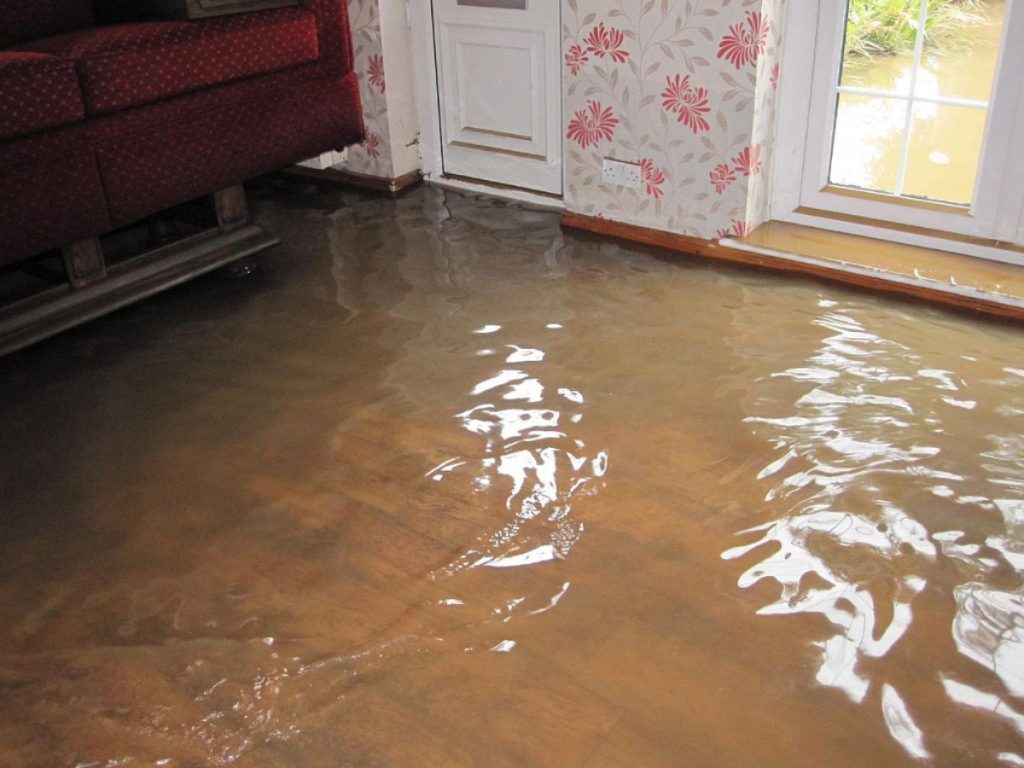
In Austin, Texas, water damage restoration and mitigation services are essential due to our vulnerability to heavy rains and floods. When faced with water damage, it is crucial to engage the services of professionals who specialize in water damage restoration and mitigation. These professionals have the expertise, equipment, and experience to effectively handle the cleanup, drying, and restoration process.
Water damage restoration companies in Austin offer a range of services, including emergency water extraction, drying and dehumidification, mold remediation, and structural repairs. These companies work closely with homeowners and insurance companies to ensure a seamless and efficient restoration process. Their goal is to restore your home to its pre-damaged condition and minimize the disruption caused by water damage.
Choosing a reputable water damage restoration company in Austin
When selecting a water damage restoration company in Austin, choosing a reputable and reliable provider is essential. With numerous options available, consider the following factors to make an informed decision.
Firstly, ensure that the company is licensed and certified by industry organizations. This ensures that they adhere to industry standards and have the qualifications and expertise to restore water damage. Look for certifications such as the Institute of Inspection, Cleaning and Restoration Certification (IICRC) or the Restoration Industry Association (RIA).
Secondly, evaluate the company’s experience and track record in handling water damage restoration projects. A company with a proven track record and positive customer reviews will likely provide quality services.
Lastly, consider the company’s response time and availability. Water damage requires immediate attention, and a reputable company should be available 24/7 for emergency services. Prompt response and quick mitigation can prevent further damage and minimize the loss.
The role of All Nation Restoration in water damage restoration in Austin

All Nation Restoration is a trusted water damage restoration company in Austin, Texas. With years of experience in the industry, it specializes in providing comprehensive water damage restoration and mitigation services. All Nation Restoration is licensed, certified, and equipped to handle large-scale water damage.
Their team of trained professionals responds promptly to emergencies and works diligently to mitigate and restore water damage. They utilize state-of-the-art equipment and techniques to extract water, dry affected areas, and prevent mold growth. All Nation Restoration works closely with homeowners and insurance companies to navigate the claims process and ensure a smooth restoration experience.
Conclusion
Water damage can have devastating consequences on your home and belongings. Homeowners insurance coverage for water damage is essential to protect yourself from the financial burdens associated with repairs and restoration. Understanding the various types of insurance policies, coverage limits, and standard exclusions will help you make informed decisions when choosing coverage.
In the event of water damage, taking immediate action and filing a claim with your insurance company is crucial. Working with a reputable water damage restoration company, such as All Nation Restoration in Austin, ensures the restoration process is handled professionally and efficiently.
Remember, prevention is always better than cure. Regular home maintenance, timely repairs, and monitoring potential water damage risks can help minimize the likelihood of experiencing water damage. By being proactive and adequately insured, you can protect your home and investment from the devastating effects of water damage.

